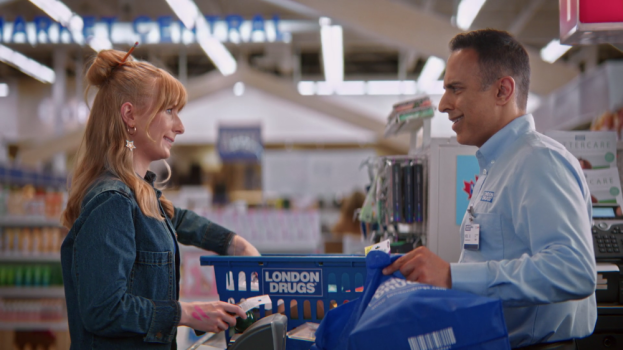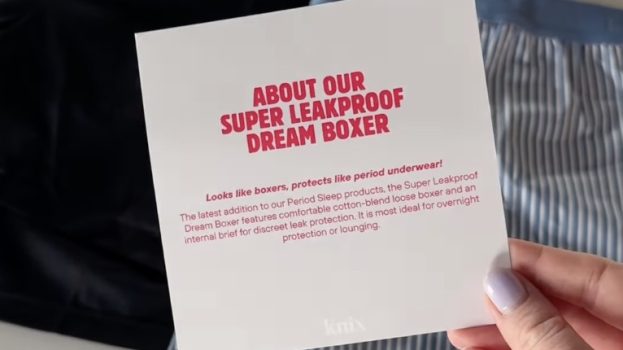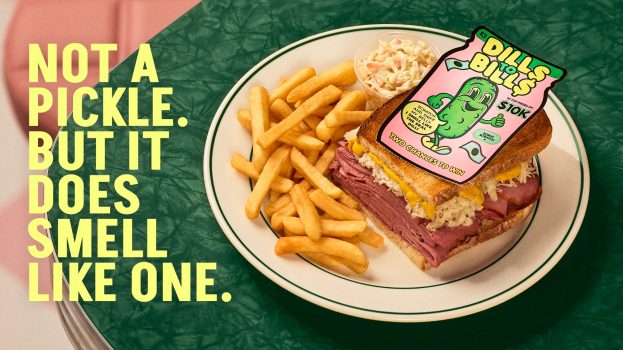
The Canadian Olympic Committee had been planning its marketing for Rio since the Winter Olympics in Sochi finished in 2014, but the plan was heavily influenced by its experience at the 2012 London Olympics.
“What we learned from London is that we needed to put digital and social more front and centre,” says Derek Kent, CMO at the Canadian Olympic Committee. “The biggest change in mindset was for us to think more like a media property and act like one in terms how we collect our content. And to do that, we had to have the right people on the ground to collect the content.”
The Canadian Olympic Committee’s marketing plan includes a mix of both digital and traditional platforms – it worked with Cossette on the “Ice in Our Veins” campaign leading up to the games earlier this year – but a greater emphasis on social and digital platforms this year led to its best marketing results to date.
According its own numbers, followers for Team Canada’s social channels have grown by 488% between the end of the 2012 London games and the beginning of the games in Rio, with 1,505% growth on Twitter (overall global growth on the social platform was roughly 268% over the same time period).
Canadians were particularly active on Facebook, though, with more Canadians discussing the games on the site than users from any other country. Likes for the Team Canada Facebook page grew to almost 875,000 over the course of the games, up 15% from before the opening ceremonies. The Facebook Live Studio at the Canada Olympic House – which hosted conversations and interviews with Canadian athletes – had 8.5 million views in the first 10 days of the games.
All hashtags related to Team Canada were projected to top 1.8 billion by the games’ end, with #TeamCanada (487 million) and #EquipeCanada (14 million) among the hashtags earning the most impressions.
Elsewhere on the web, Olympic.ca had more than 3 million sessions and 6.5 million page views as of Friday, Aug. 18, compared to only 471,000 sessions during the London games.
Kent attributes these results, in part, to the success of Canadian athletes at the games, who earned 22 medals and a top-10 finish, their best performance since the 1996 games in Atlanta. But the other factor was that the COC had the content teams in place, with dozens of photographers and community editors deployed between the venues and three different content studios in Rio, to capture and share moments of success. That content included iconic “biting the medal” photos, daily recap videos, and more fun executions, like the athletes posing with artistic representations of themselves.
“It was all about speed and posting as quickly as we could so Canadian fans could engage with our content more rapidly and while the conversation was still buzzing,” Kent says. “The biggest change from London that allowed us to do that was around having those content teams in place. [In] London, I would say we only had a small number of people, but for Rio, it was well over a dozen, especially if you include the people working back home in Toronto and Montreal. The number of content executions we were able to create increased exponentially as a result.”
Kent adds that the venues in Rio were much more spread out than those in London and Sochi, so, in addition to having more people on the ground, a great deal of the COC’s planning needed to be around the best way to deploy its content team around the city.
In addition to being able to capture moments from the field of play – including content that may not have been seen during the main Olympic broadcasts – the COC also had a number of executions at the Canada Olympic House for athletes passing through, friends and family that came with them or fans that made the journey as spectators. There was also a Twitter Mirror that lit up whenever someone mentioned #TeamCanada in a tweet, which was then compiled and displayed, and a bobsleigh set up with interactive video to simulate a race.
A number of official Olympic sponsors had activations at the Canada House as well. Molson Canadian brought the Google Translate-enabled version of the beer fridge, while Canadian Tire brought a “red door” that, when opened, revealed a video chat with someone at home in Canada.
“At the games, we always give partners a sense of our direction and we get a sense of where they’re heading,” Kent says. “We’re very proud of what we’re seeing, which is an uptick in partners that are sponsoring athletes and showcasing them in creative. If you look at our major partners, they’ve been promoting and highlighting and telling stories about our athletes more than before, which is exactly what we want. Our brand was extremely well represented in Rio.”























